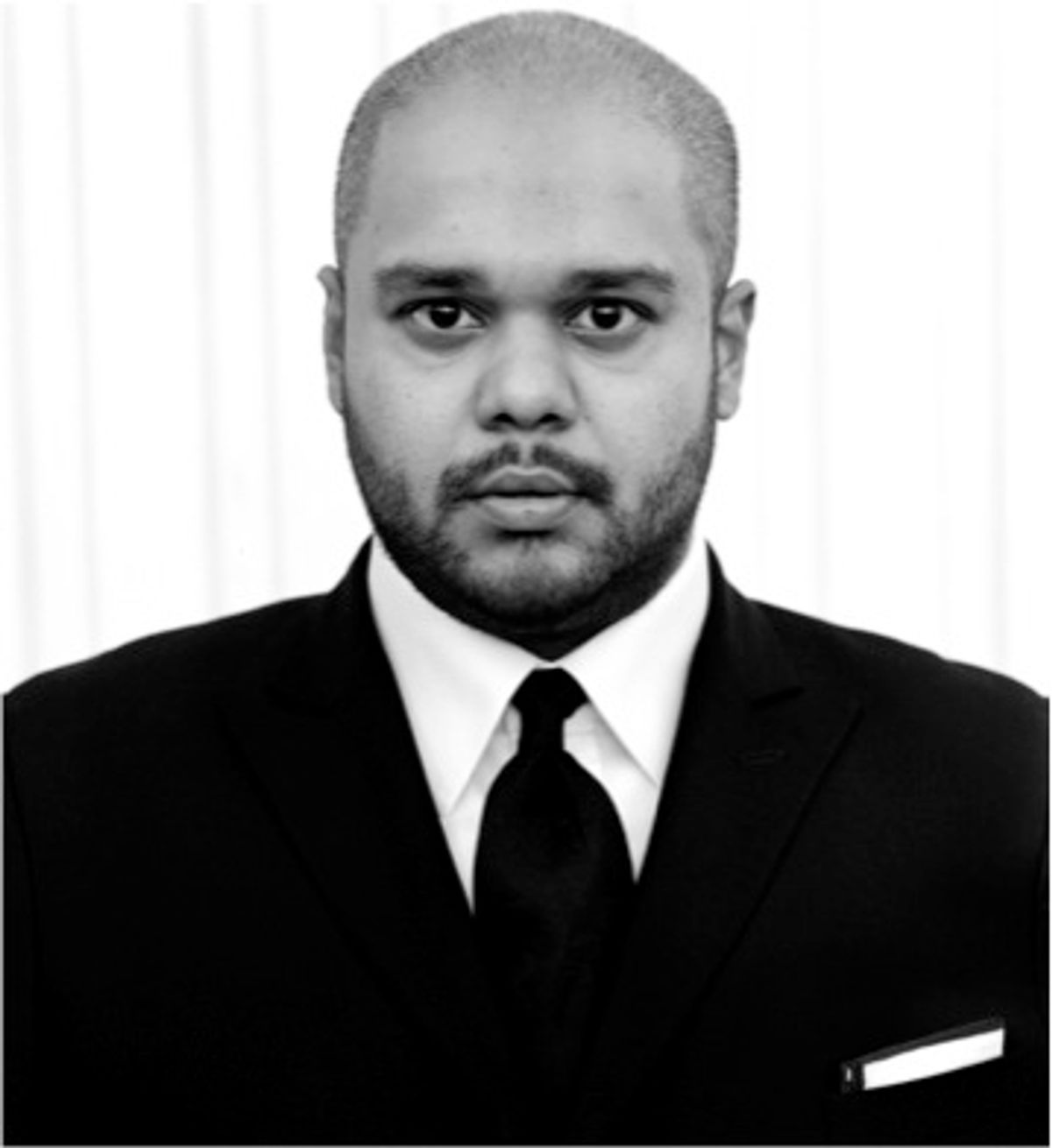What do you do? I’m a magician.
How would you describe your work?
Ideally, I wouldn’t; magic should be seen and not read about. But magician Michael Close once described it as “the gift of a stone in your shoe,” and I think that’s quite perfect. If, after a performance, my audience has been entertained—you’ve laughed, you’ve gasped, you’ve had a great time, you leave feeling happy and satisfied—then I’ve done my job, but I haven’t done it well. Ideally, you’ll leave feeling happy, but also a little disturbed. Magic should rattle you. It should leave you with a pleasurable sense of unease. If I can make you think about what you’ve seen, then I’ve done my job well.
What are you most inquisitive about?
I’m curious as to why some stories play better than others. Imagine I gave you a blank sheet of paper and a pencil, and told you to draw something. You go to the next room, and lock the door. The room’s empty, no hidden cameras, nothing. You draw a house—a rectangle with a triangle on top, maybe with a door and a window. Perhaps you add a sun and a few birds.
Eventually you come back and sit across from me. You visualize your drawing. I stare at you. A few minutes later, I say nothing and begin my own drawing. I show you the picture and they’re exactly the same. Exactly the same! Line for line, bird for bird. Amazing, yes?
Now here’s the second story: You draw a picture. Nobody knows it but you, you come back into the room, I stare at you, I draw, and then we compare drawings. They’re almost alike. They’re nearly identical, but not perfect; perhaps you drew three birds where I drew two. I’ve performed both versions of this same trick countless times, and for some reason, people react strongest to the second story. Why is that?
When are you at your most inquisitive? Usually after midnight.
What curiosity does your work satisfy?
It is finer to stir curiosity than to satisfy it and magic, by its nature, asks more questions than it provides answers. I want to make people curious about the everyday—places and objects that they see but never notice. I ask you: What’s the best venue for magic? What’s the best place to see magic? I’ll answer: Your living room. If we’re in your living room, then you know the rules.
It’s like Stephen King’s notion of putting the monster in daylight: If you’re alone in an empty house late at night, on a foggy hill, and the floorboards are creaking, well, it’s a bit cliché. It’s expected. And if you’re in a theater, sitting in a cramped seat in Row J, and the magician on stage makes a lady float and passes a hoop over her—well, technically it’s an amazing trick, but you’re not an idiot. You’re aware that he’s yards away from you and that the dim lighting isn’t an accident. Plus, it’s his stage. It’s his space.
Now imagine if we’re sitting in your living room. It’s you, 10 of your friends, and me. You know your living room. You know there are no wires or magnets, no trapdoors, no hidden leprechaun assistants. Someone’s shuffling a pack of cards and we’re all chatting and sipping our drinks and laughing. Nothing’s happened yet, and then your wineglass begins to float. It escapes your grip and drifts into midair, higher, and higher still, until it’s hovering above everyone’s heads. Freaky, yes? The monster under bright lights. If that doesn’t explode your curiosity, nothing will. You’ll never look at that wineglass the same way again.
What drives your curiosity?
Failures on my part, and excellence on the part of those whose work I adore. In other words, a fear of mediocrity. I balance on the shoulders of greater magicians, dead and alive, and they’ve been generous to me. To fall short of their standards would be the deepest betrayal.
How do you keep things curious? It comes down to the “what if,” doesn’t it?
What’s your next project?
I’m booked to perform at a private dinner party, and I’ve created two new routines for the group. They’ll only be performed this once. I’m excited.
My co-conspirator, Matthew Holtzclaw, and I are also writing a new show which should debut later this year. We performed our previous show, “Strange Things,” for two years in New York and it played very well, but that show was created for a mid-size audience of about 300 people. This new show will be much more intimate; 50 people at the most.
Is your work for now or later? Both the present and, with luck, the posthumous.
Where do you mine inspiration?
I’m not sure that such a mine exists. However, to the extent that inspiration usually involves a lot of work, mining seems an apt metaphor. All my evidence suggests that inspiration presents itself most readily when I’m happy and working. Most times that involves performing for an audience of attentive, curious and slightly lubricated adults.
For more on Prakash Puru visit prakashpuru.com or follow him on Twitter at @PrakashPuru



Shares